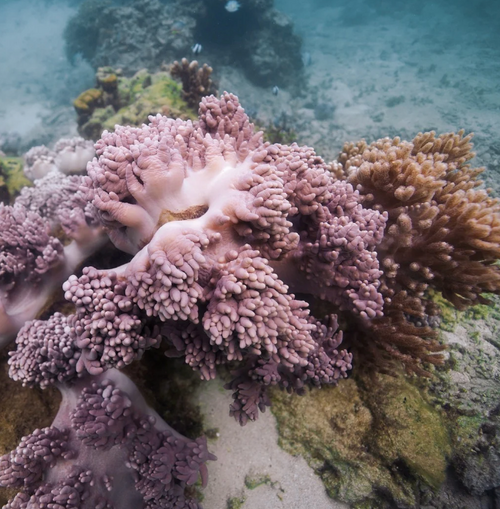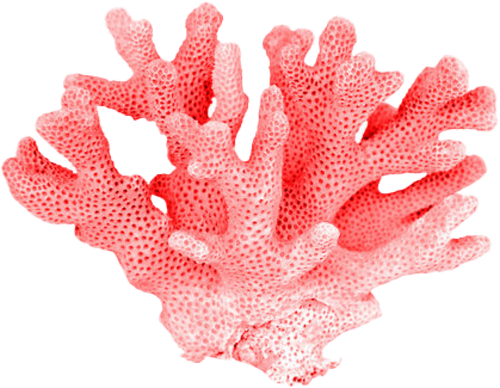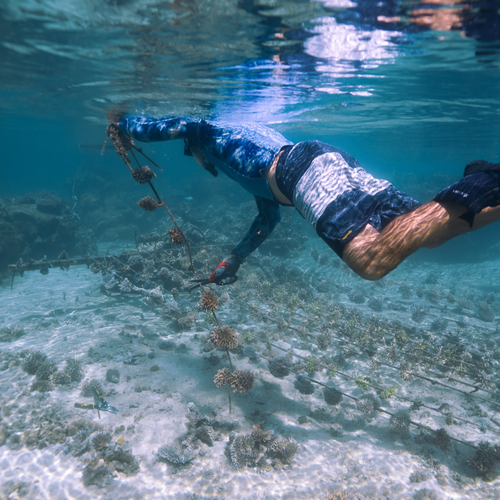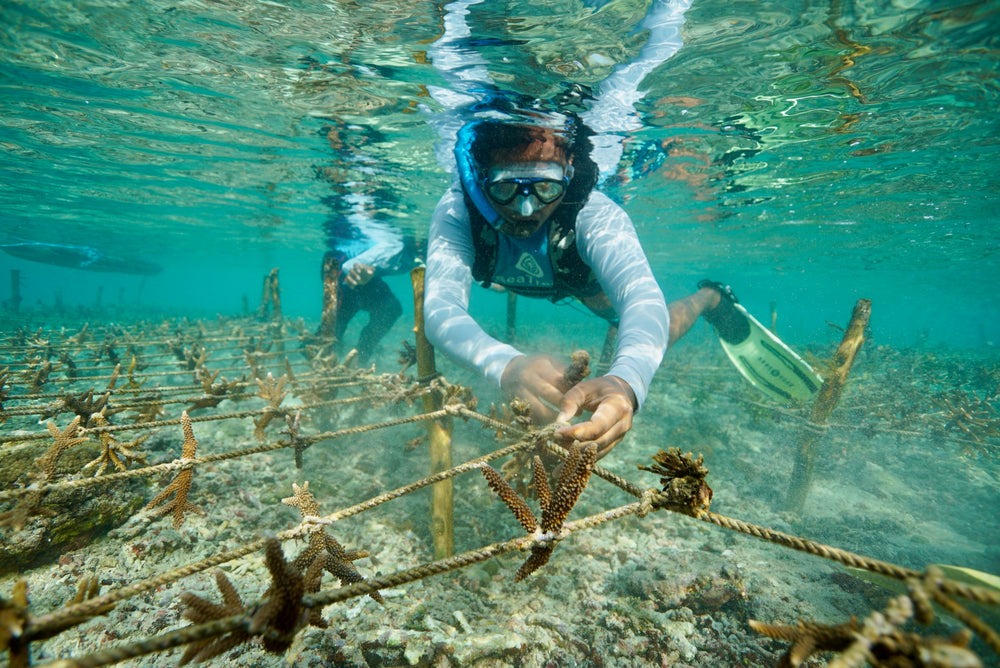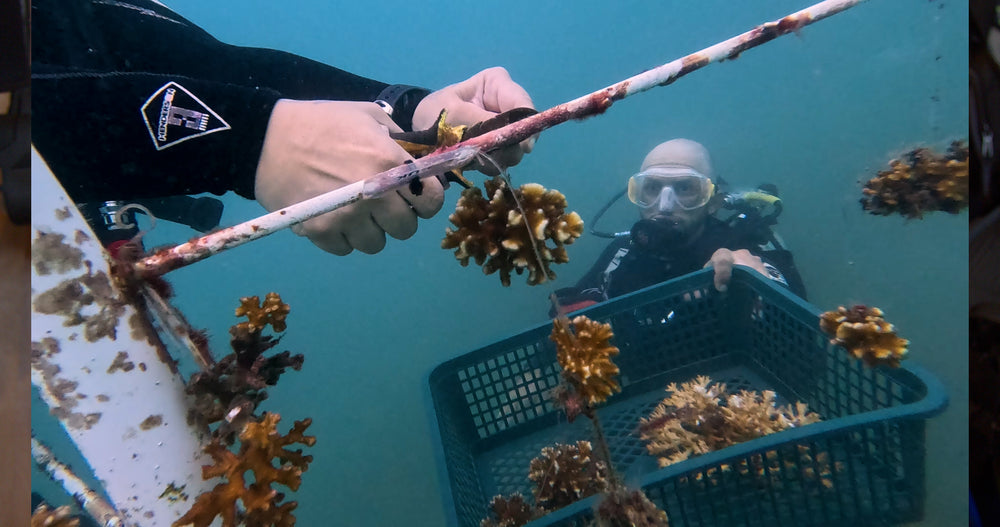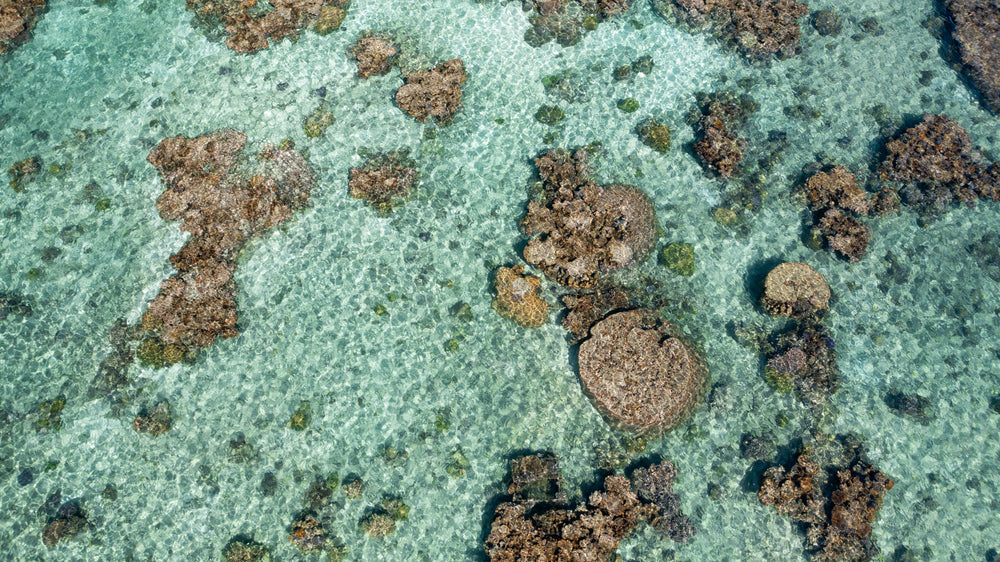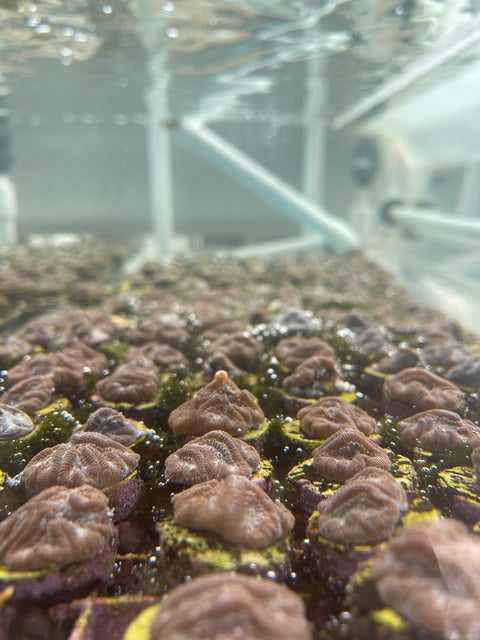Why Coral Reefs Matter
Coral reefs are among the most extraordinary and vital ecosystems on Earth. Though they cover less than 1% of the ocean floor, they support approximately 25% of all marine life, making them the most biodiverse marine ecosystem on the planet.
Often called the “rainforests of the sea,” these intricate underwater structures are formed by colonies of tiny coral polyps that build massive calcium carbonate skeletons over thousands of years, creating vibrant reefs that stretch for hundreds of miles. Coral reefs provide critical habitat for a wide variety of marine species, from tiny invertebrates to large fish, sharks, sea turtles, and marine mammals, many of which are vital to global fisheries, food security, and biodiversity.
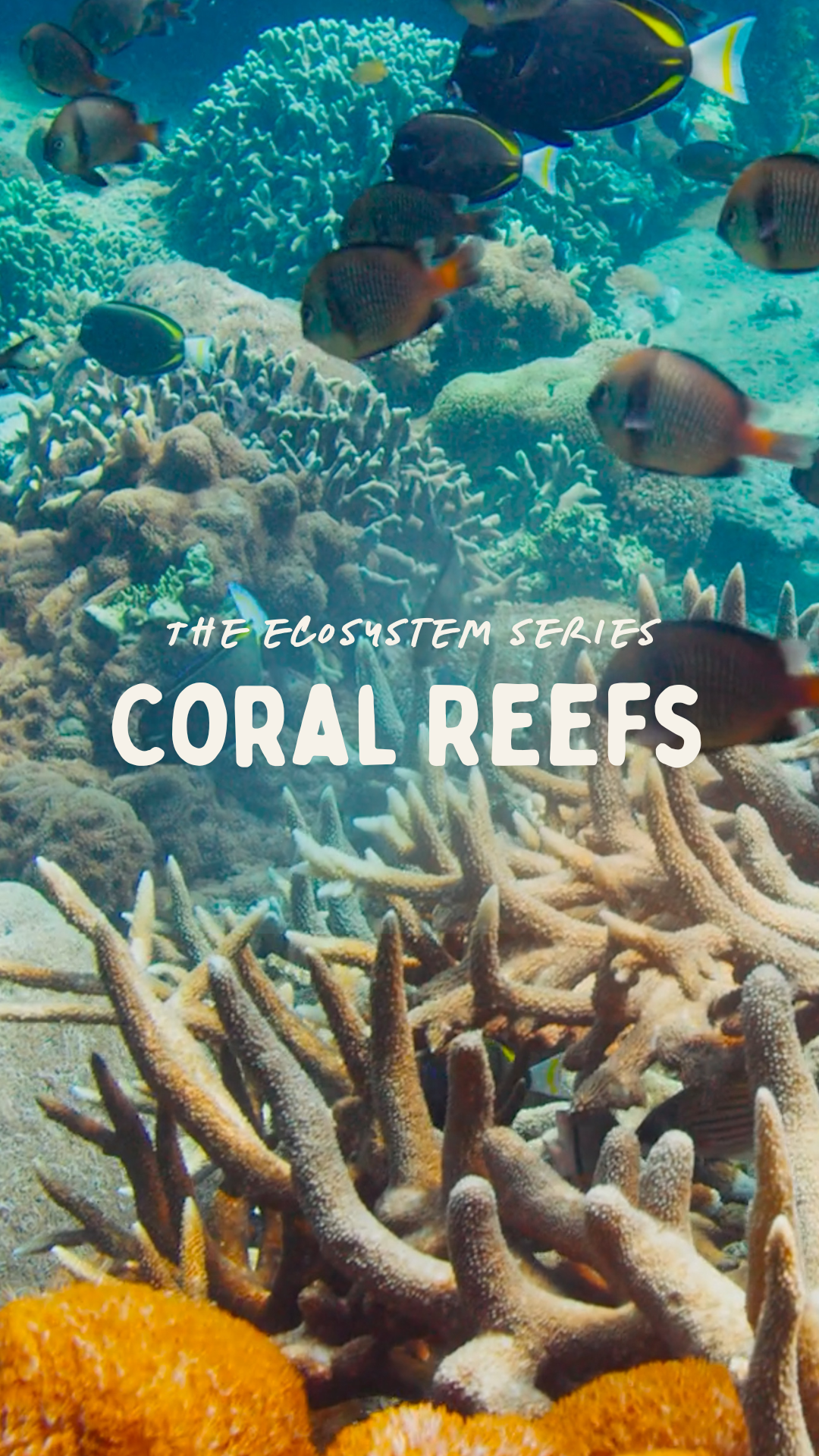
Did you know we need Coral Reefs?
Only 1% of the ocean floor is covered in coral reefs however they support 25% of the oceans aquatic species!
Coral Reefs benefit the Earth in many ways!
- Coral supports over 1 million species
- Coral Reefs protect coastlines from erosion
- Coral increases water quality
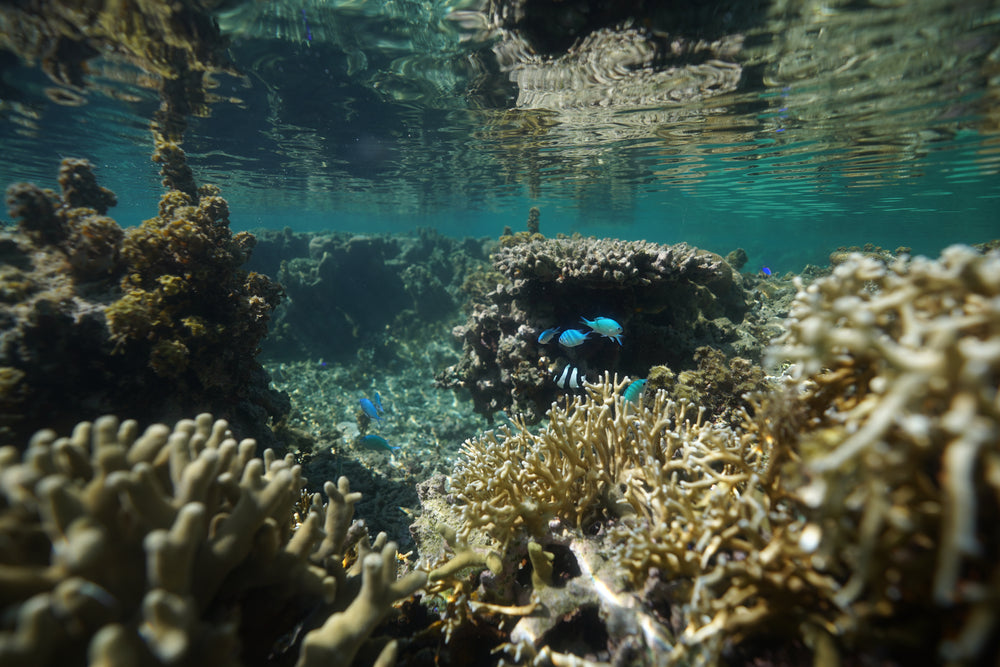
Fisheries Support
Coral reefs serve as essential nursery, feeding, and breeding grounds for thousands of commercially important and subsistence fish species, sustaining coastal livelihoods and global seafood supplies.
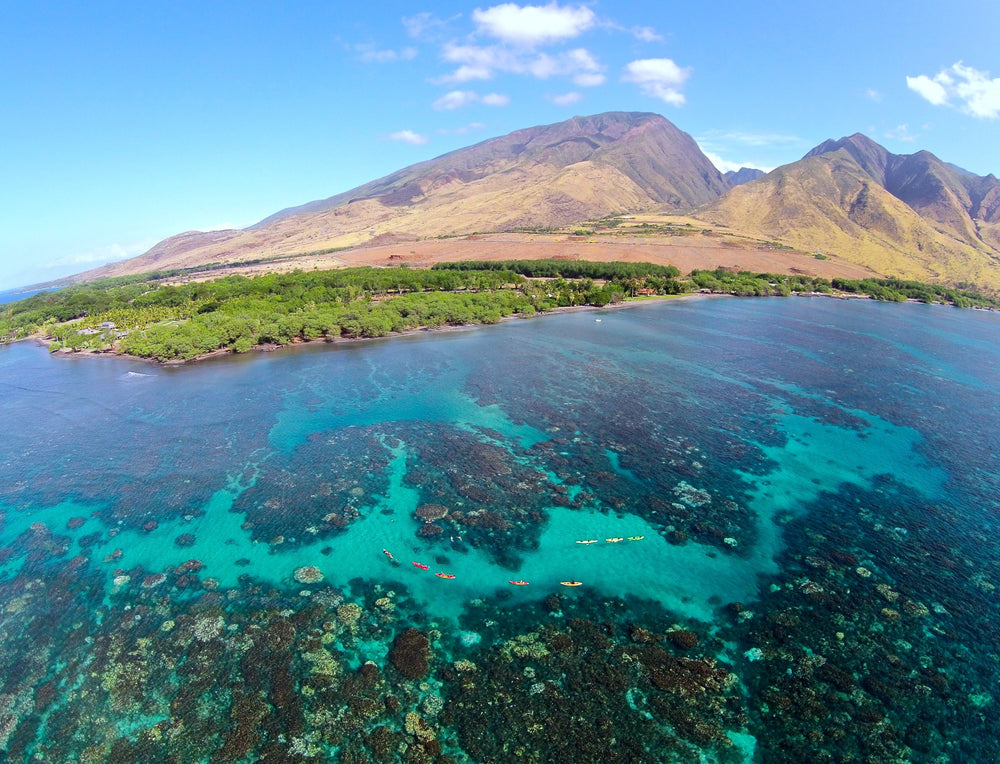
Storm Protection
Healthy coral reefs act as natural breakwaters, dissipating up to 97% of incoming wave energy, significantly reducing coastal erosion, property damage, and loss of life during storms and hurricanes.

Biodiversity Hotspots
Coral reefs host an extraordinary variety of marine life, providing habitat for over one million species including fish, mollusks, crustaceans, marine mammals, sea turtles, and countless microorganisms that contribute to the health of the broader ocean ecosystem.
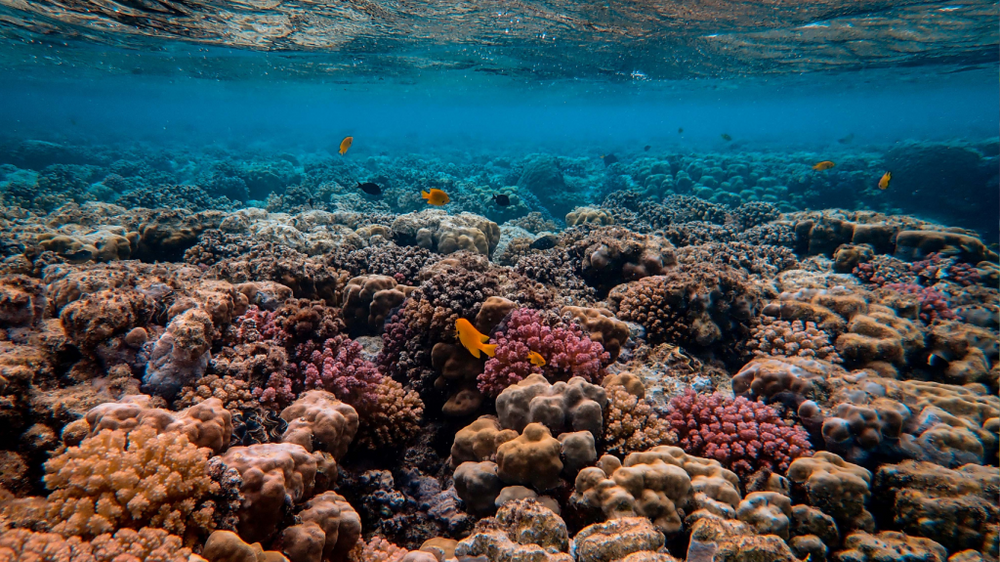
Medicinal Discoveries
Many promising biomedical compounds used to treat cancer, infections, inflammation, and other diseases are being discovered from coral reef organisms, making reefs a critical resource for future medical breakthroughs.
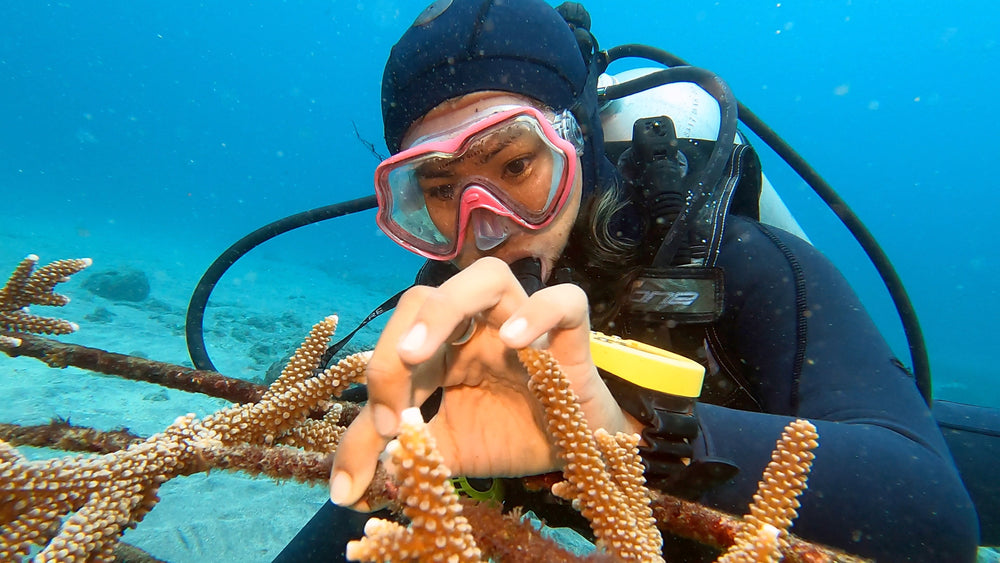
Tourism & Recreation
The beauty and biodiversity of coral reefs attract millions of tourists each year, fueling local economies through activities such as snorkeling, scuba diving, boating, and eco-tourism, while supporting thousands of tourism-related jobs.
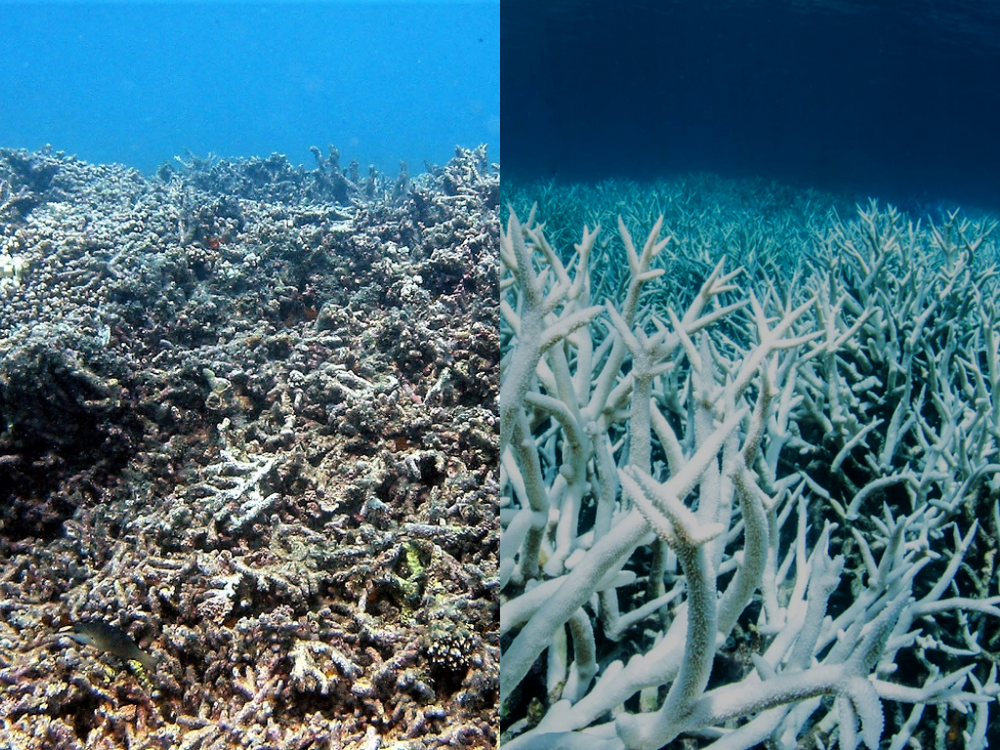
The Threats Coral Reefs Face
Despite their resilience, coral reefs are now among the most threatened ecosystems on the planet. They are incredibly sensitive to environmental changes, even a 1°C increase in ocean temperature can trigger widespread coral bleaching and mortality.
The ongoing impacts of climate change, driven largely by human activity, are already causing measurable increases in ocean temperatures, putting reefs around the world at critical risk.
And if current trends continue, up to 90% of the world’s coral reefs could be lost by 2050. Urgent action is needed, and restoration plays a vital role in the solution.
Climate change
The greatest threat. As ocean temperatures rise due to greenhouse gas emissions, corals expel the symbiotic algae that give them color and nutrients in a process called bleaching. If high temperatures persist, corals starve and die. Bleaching events, once rare, are now more frequent and severe across the globe.
Ocean acidification
Another impact of climate change, reduces the availability of calcium carbonate (the material corals need to build their skeletons) weakening reef structures and slowing growth.
Pollution
From land-based sources such as agricultural runoff, sewage, and plastics adds to the pressure. Nutrient overload can cause harmful algal blooms, while sedimentation clouds the water and smothers coral polyps.
Overfishing and destructive fishing practices
Like blast fishing, cyanide use, or unregulated trawling, damage reef habitats and remove key species, destabilizing food webs.
Coastal development and tourism
Often destroy or stress reef systems through habitat removal, boat anchors, trampling, and increased waste.

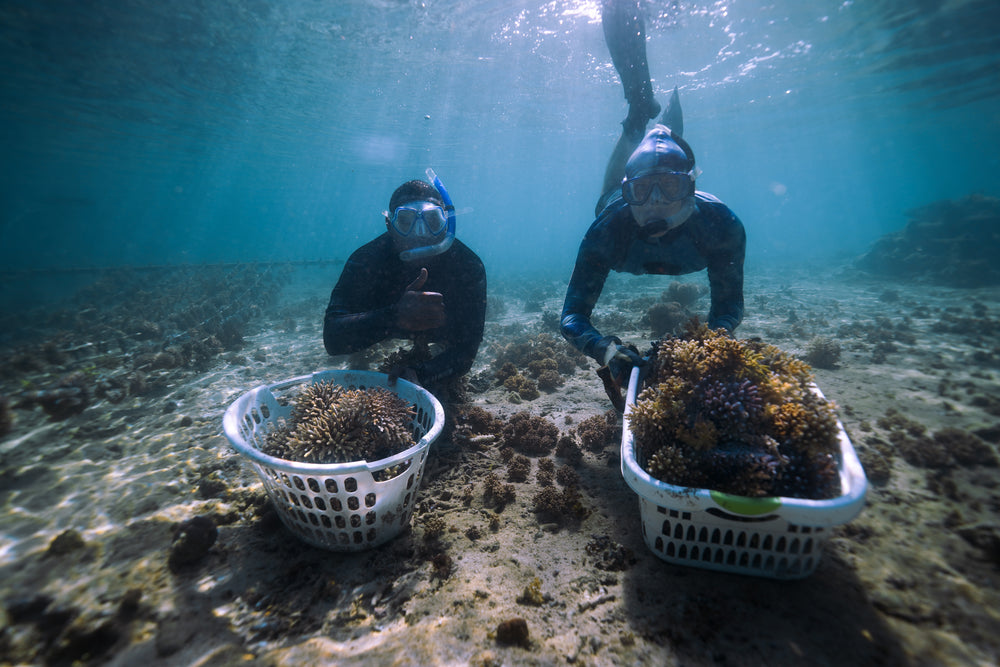
Coral Reef Restoration Techniques
Coral reef restoration combines cutting-edge science with local stewardship to rebuild degraded reefs, increase ecosystem resilience, and give nature a chance to recover.
Here are some of the most effective approaches Seatrees, partners, and organizations around the world use:
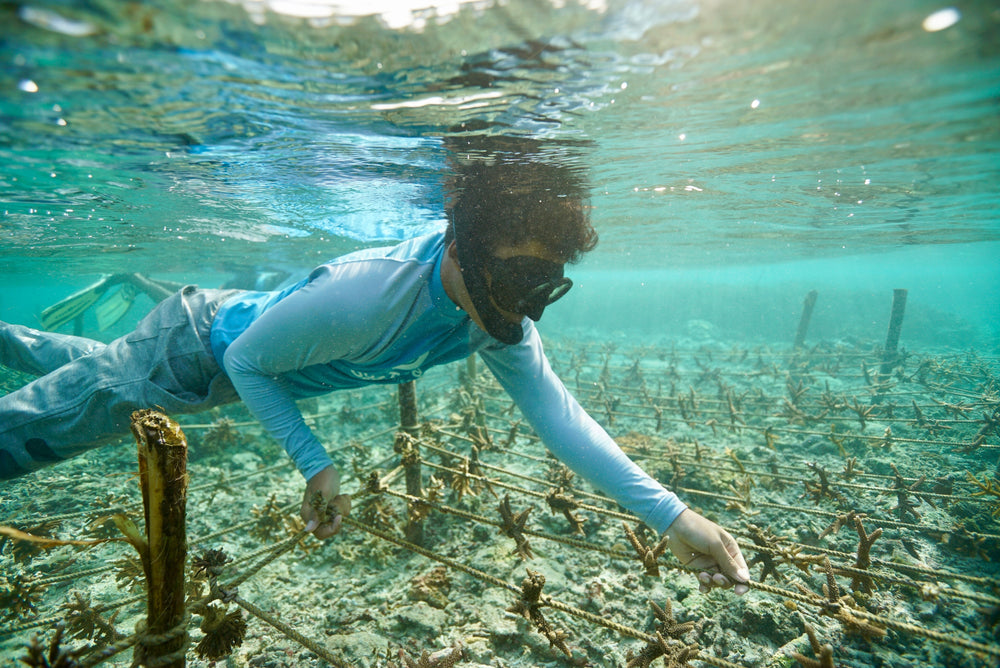
Coral Gardening
Small fragments of healthy corals are grown in underwater nurseries or on land until they are large enough to be transplanted back onto degraded reefs. This method helps repopulate areas affected by bleaching or storm damage.
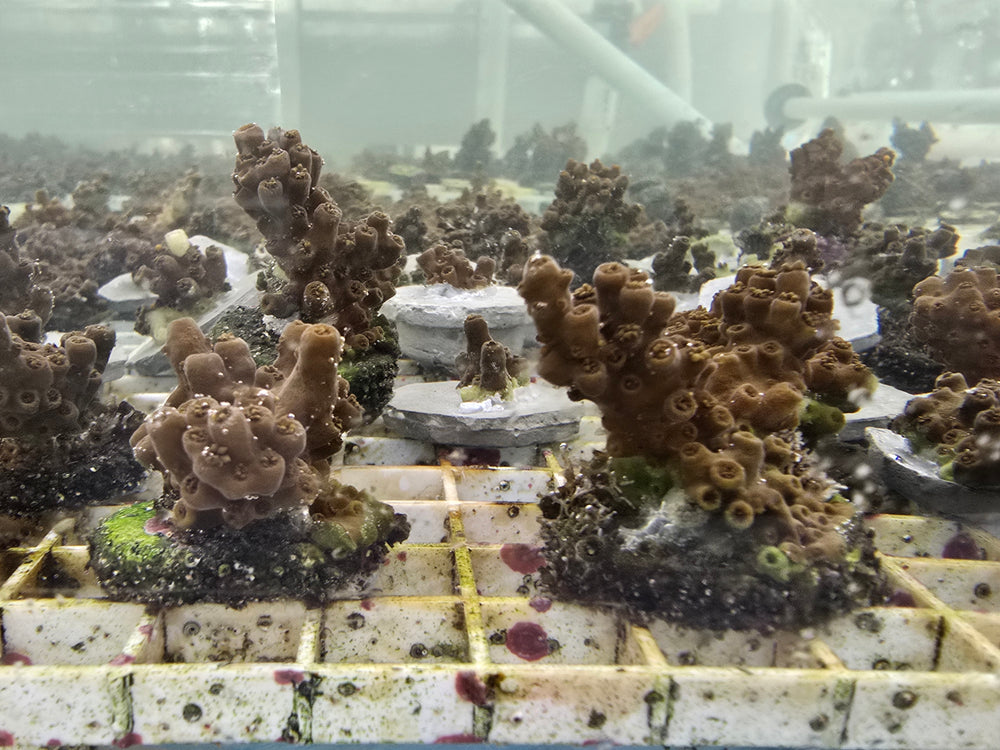
Microfragmentation
A technique where massive corals are cut into tiny pieces that grow much faster than whole colonies. Once large enough, these are replanted to accelerate reef regeneration.
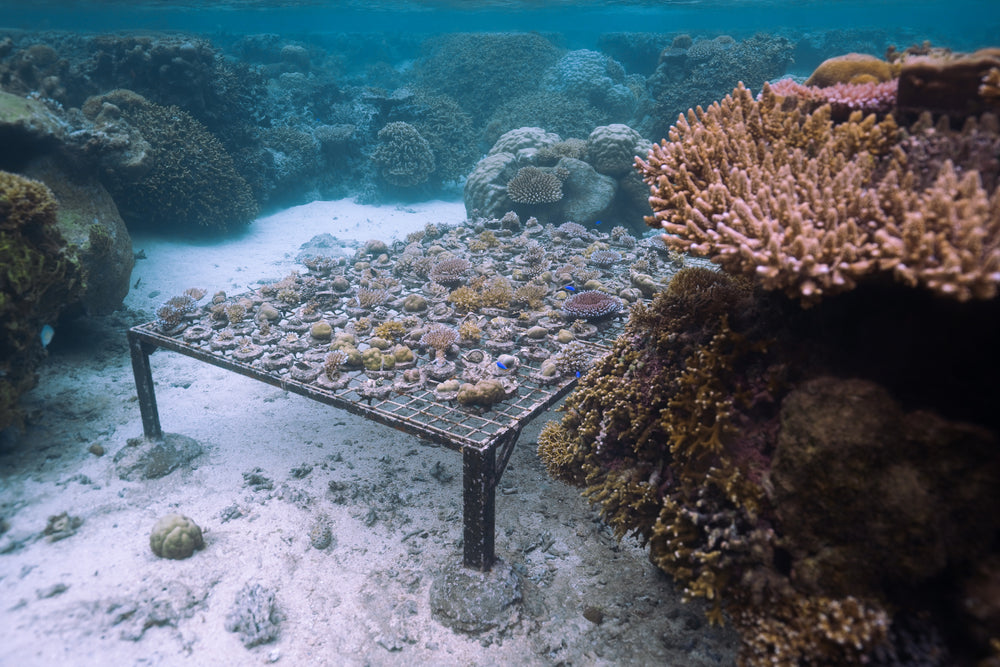
Resilient Coral Propagation
Selecting and propagating coral strains that are more resistant to warmer temperatures or disease helps build future-proof reefs that can better withstand climate stress.
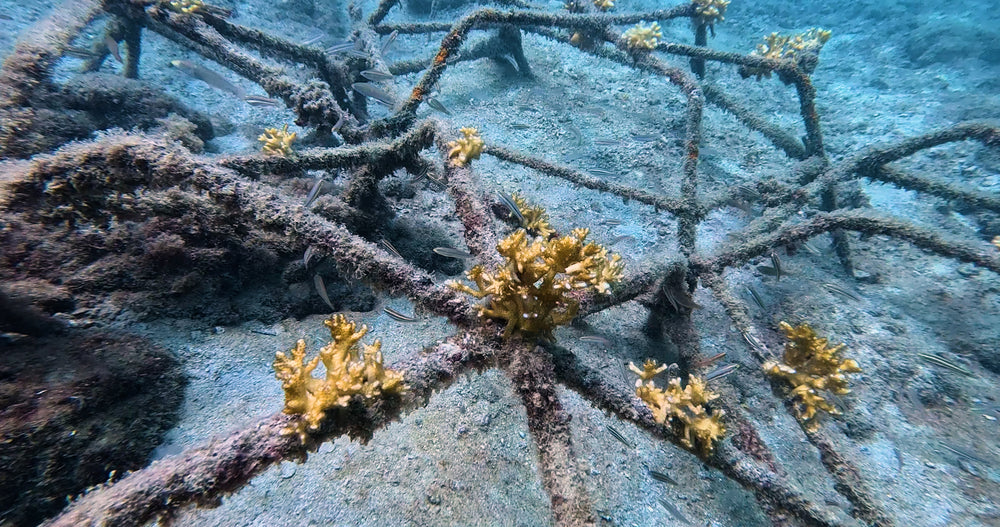
Substrate Stabilization
In severely damaged areas, artificial structures like reef balls, rock piles, or biodegradable mats are installed to provide stable surfaces for corals and marine life to recolonize.
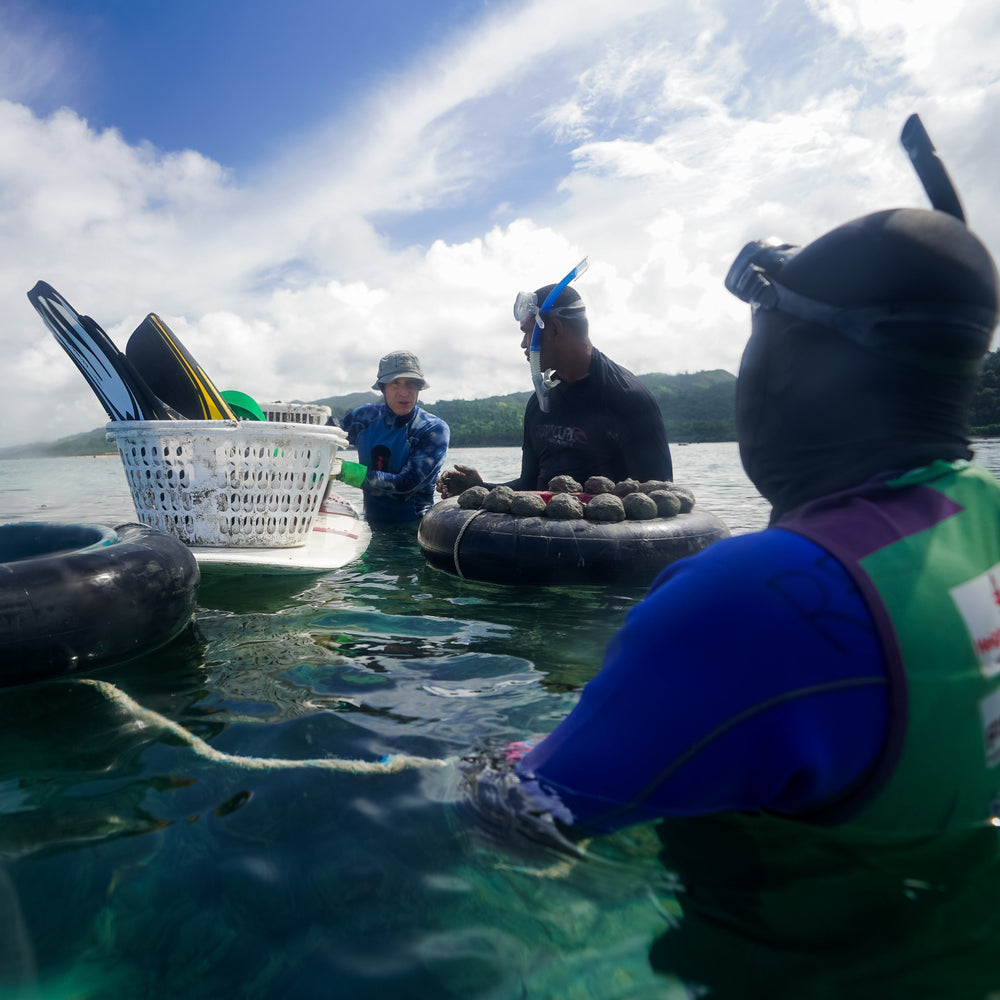
Community-Based Restoration
Working closely with local fishers, dive operators, and coastal communities ensures reef restoration is locally led, culturally appropriate, and long-lasting.


